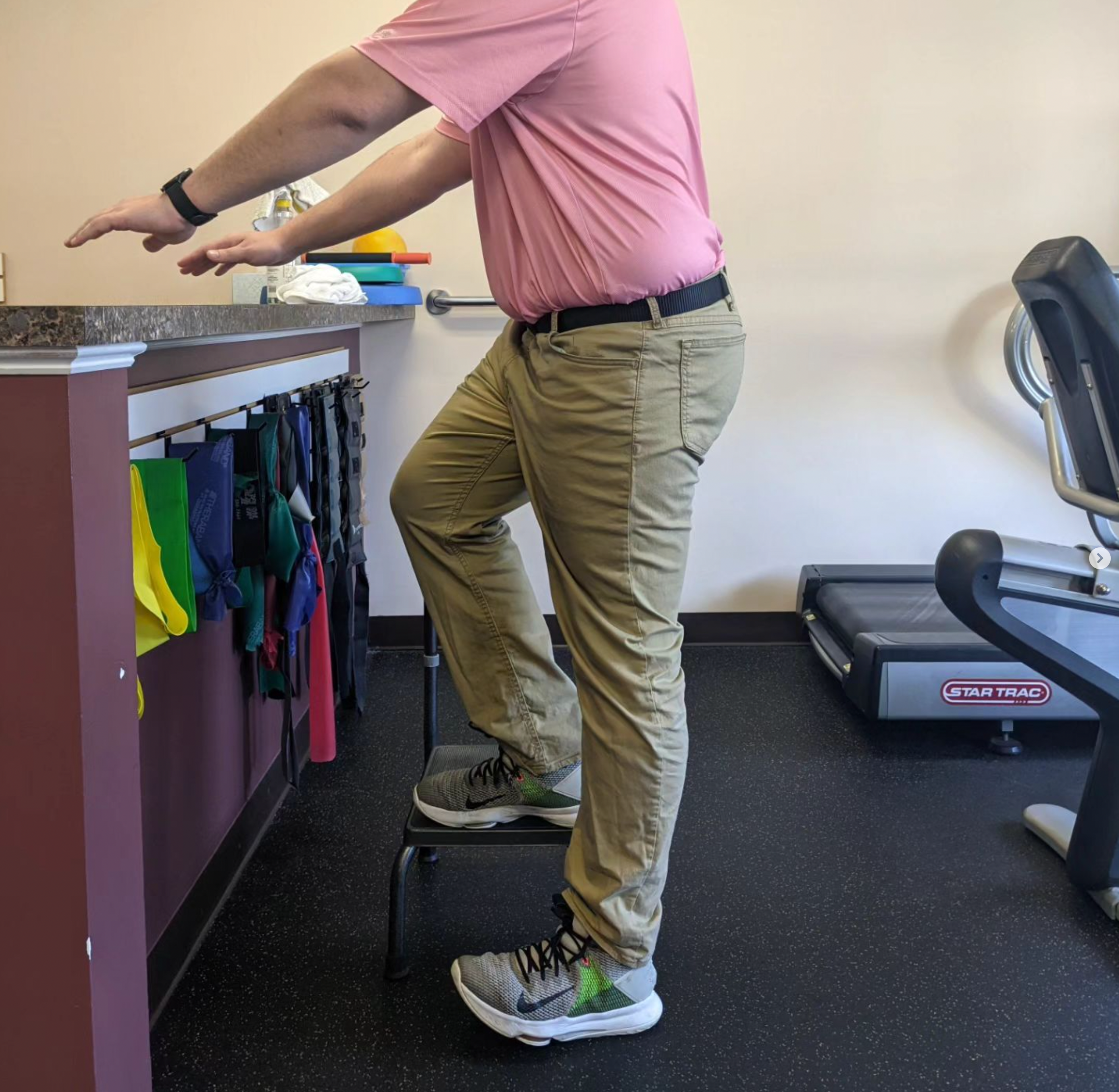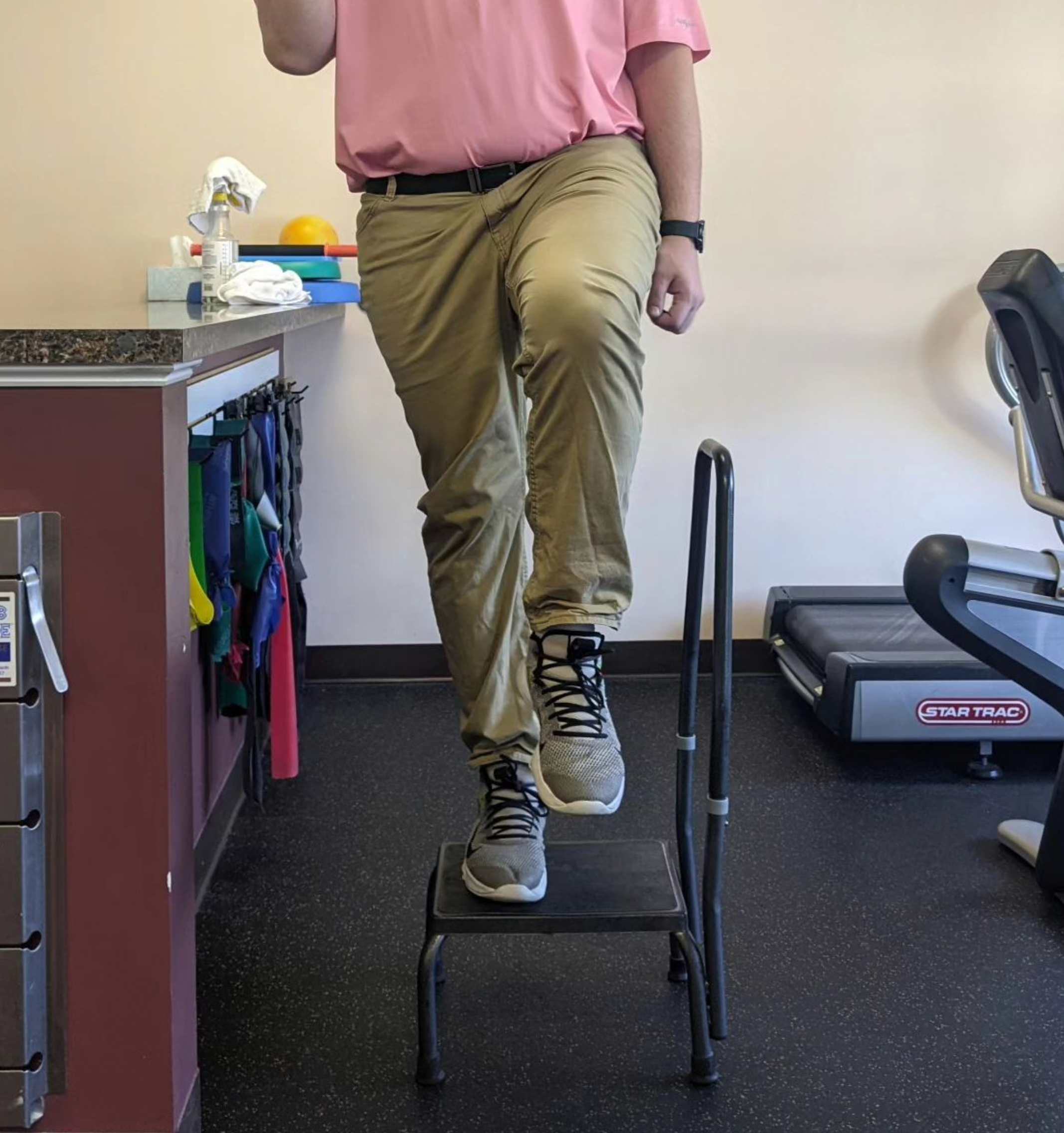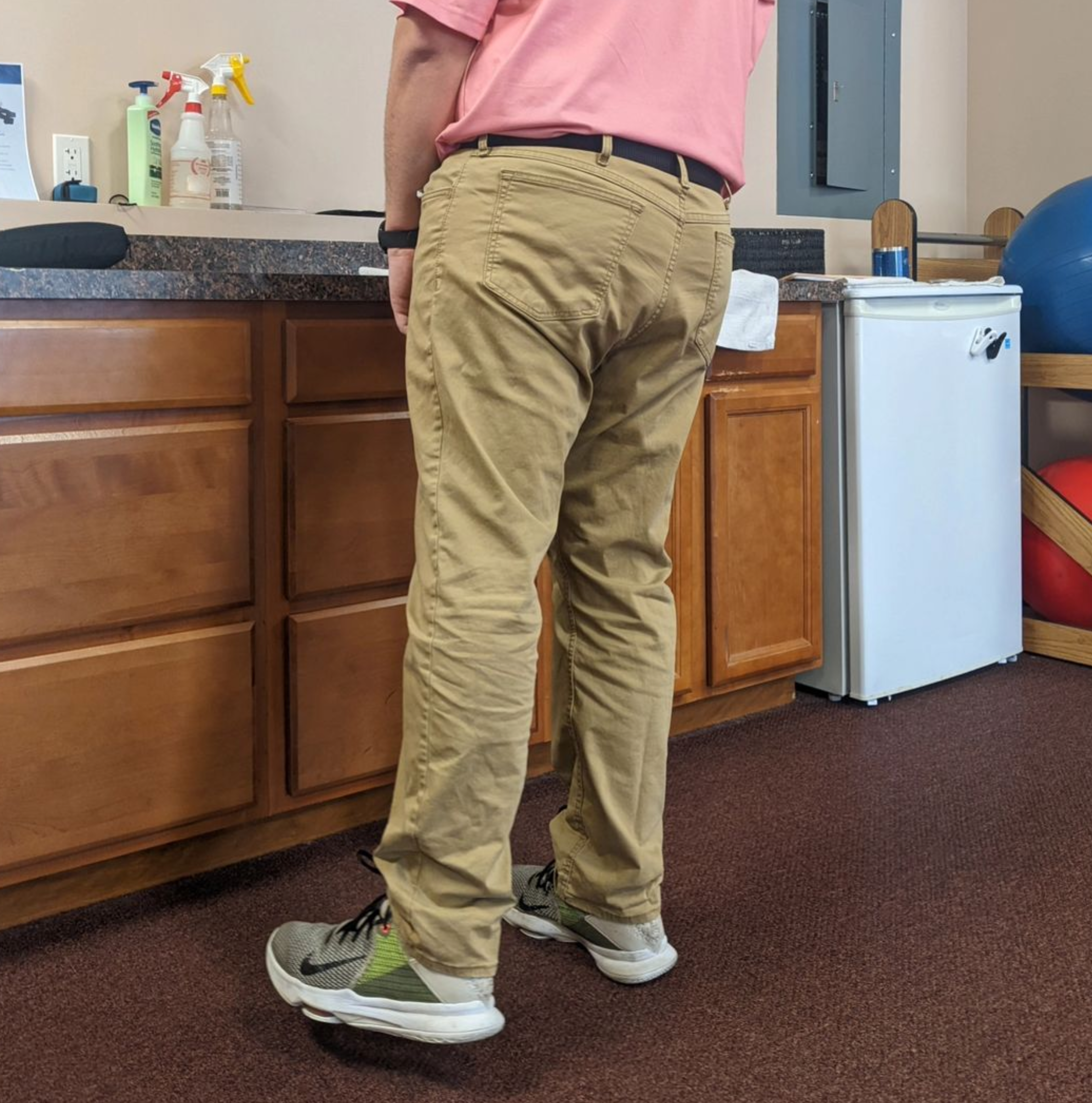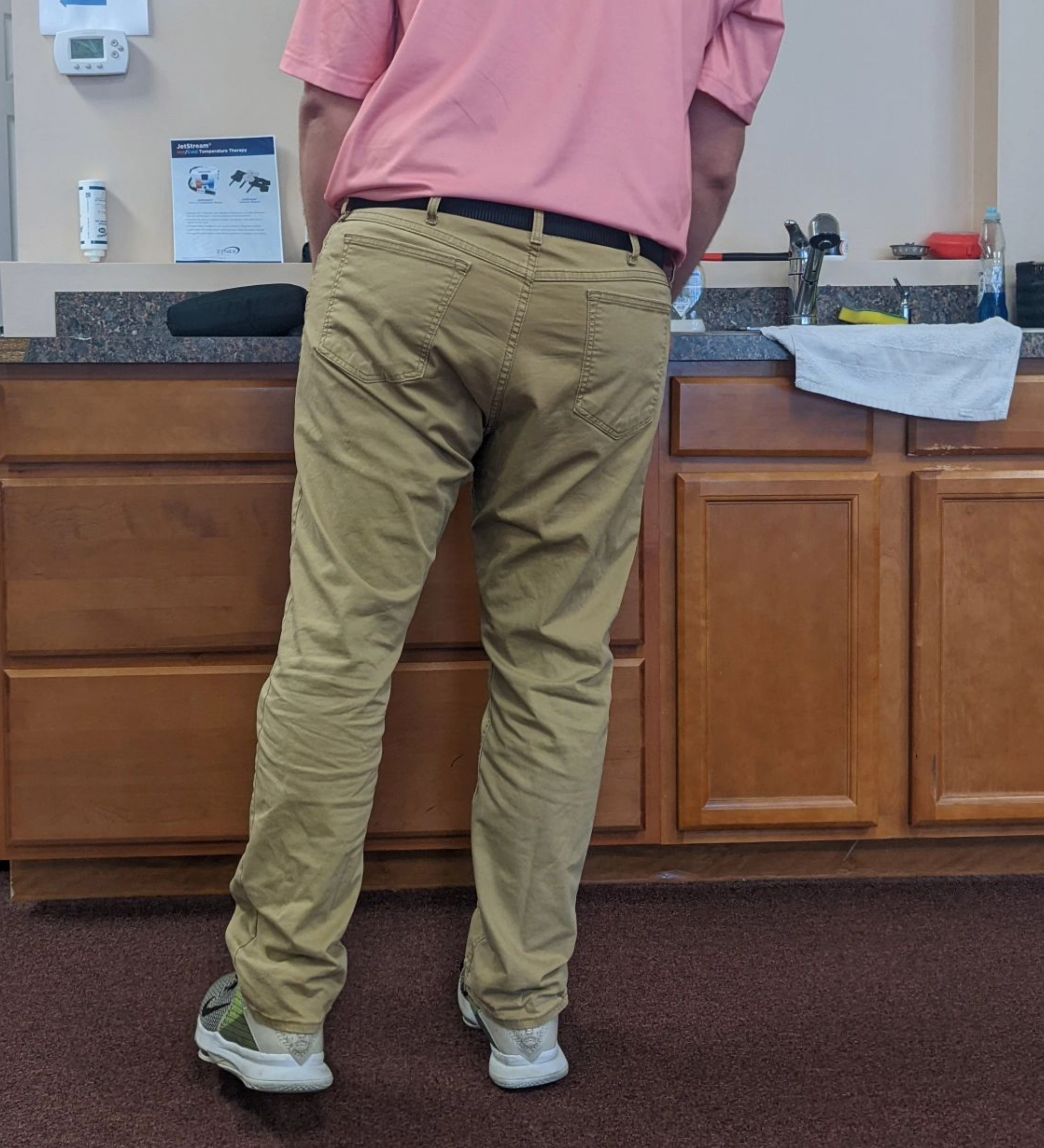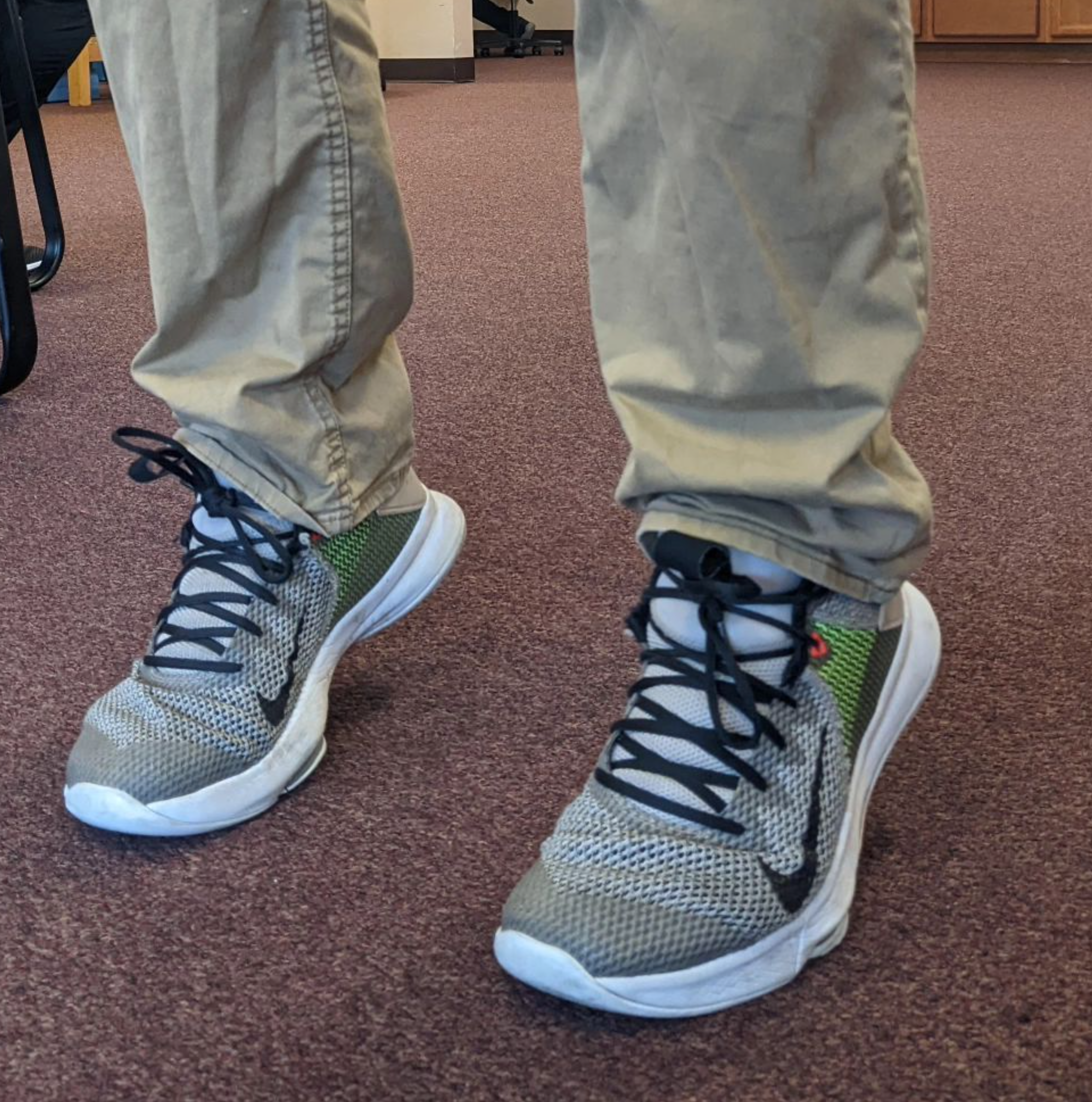Common Sense Approaches to Health and Fitness: Heat vs. Ice
One of the biggest questions we encounter is when to use ice on an injury and when to use heat. Let’s first talk about what happens when an injury occurs.
When an injury occurs, our bodies immediately begin the process of healing. The first step is the immune system responds to the damage to the tissue by causing an inflammatory response. Many different types of inflammatory cells are attracted to the area which causes pain and swelling. This process is the same whether it is a bone, muscle, ligament, tendon, or structure of the spine like a disc.
The purpose of using ice is to reduce the initial effects of injury. Ice constricts the blood vessels (vasoconstriction) and decreases blood flow to the area. This reduction in circulation helps to decrease swelling. Ice is also a fantastic, natural pain reliever. If you apply heat during this acute phase, inflammation increases, starving the cells of oxygen and nutrition. This increases cell death and inhibits the healing process.
The opponents of ice will tell you that the reduction of circulation prevents the body from healing itself. Early application of ice does not eliminate inflammation, it controls it. Excessive inflammation slows the healing process by further restricting the circulation so the phases of repair move much more slowly.
One thing to remember is Inflammation is a natural part of the healing process. Excessive or prolonged
inflammation slows the healing process. Continued inflammation is like a chemical “soup” that irritates the area and causes more inflammation. It is a vicious cycle that we hope to control.
Heat is beneficial in that it increases blood flow via vasodilation (opening of the blood vessels). The increased blood flow brings nutrition and cells that help to repair the injured tissues. Heat also increases tissue flexibility and is a comforting pain reliever.
Applying heat to an injury after 48 hours can be helpful as the acute phase of inflammation is over and the body is moving towards repairing the tissue.
If you have a chronic condition, heat is usually best. If a warm shower tends to make the area feel better, then a heating pad would as well. A sore neck or back that has been bothering you for years is an example. On the other hand, if you turn your neck quickly and feel a sharp pain or wake up with a sore lower back, go for the ice. It can be a little chilly to ice your back and neck but can be very effective.
In general, we tend to favor ice for almost all injuries for as long as there is still pain or difficulty. For example, let’s say your shoulder has been bothering you for a week. Each time you use your arm and you “tweak” the area, you are setting off inflammation. We still hope to control that inflammation by using ice.
When using ice, try to apply it for 10-15 minutes 3-5 times daily. Always have a barrier (not too thick!) between the ice and your skin. Expect the area to be very cold, then achy, then it will go numb. It should never be painful.
Yours In Health,
Bob Scaccia PT



